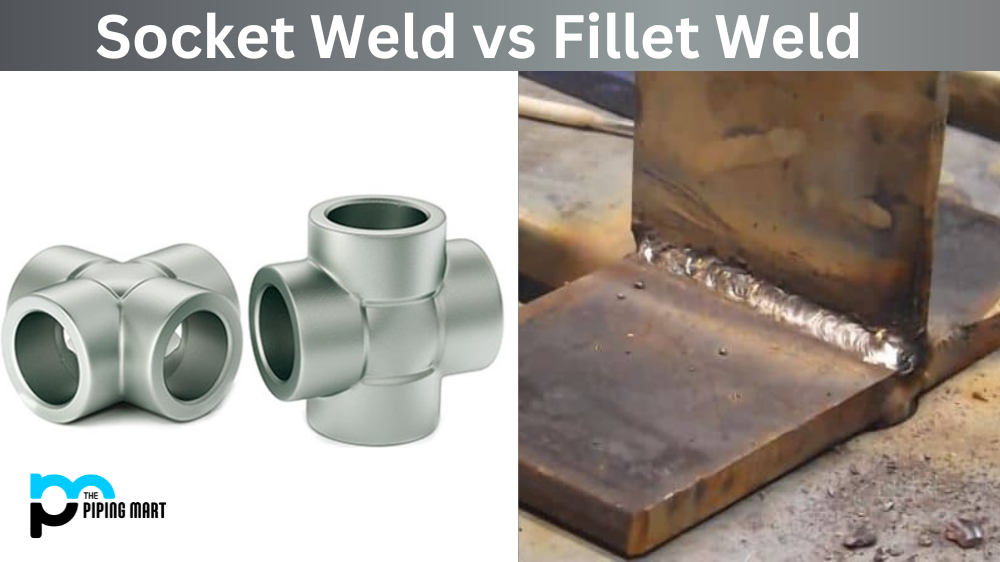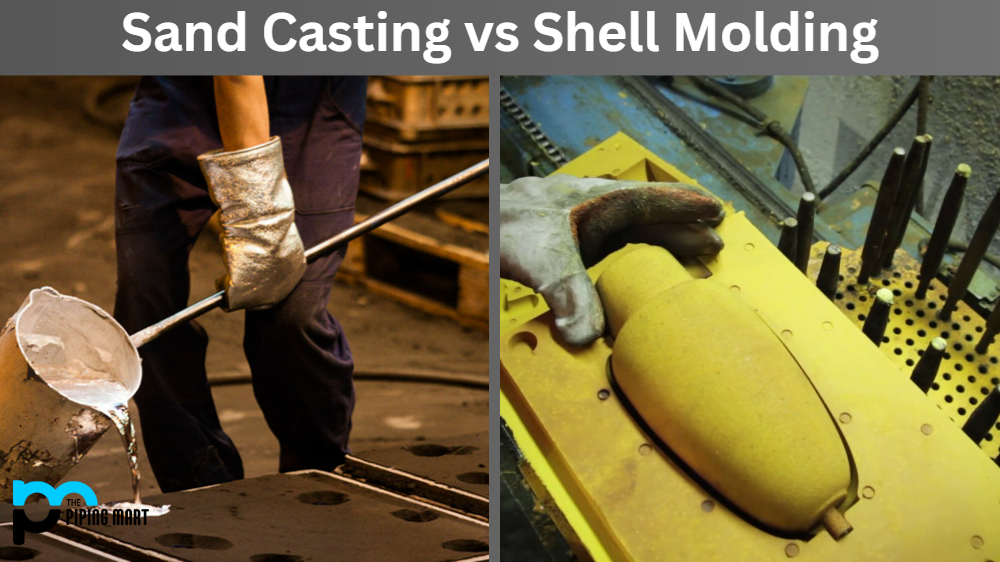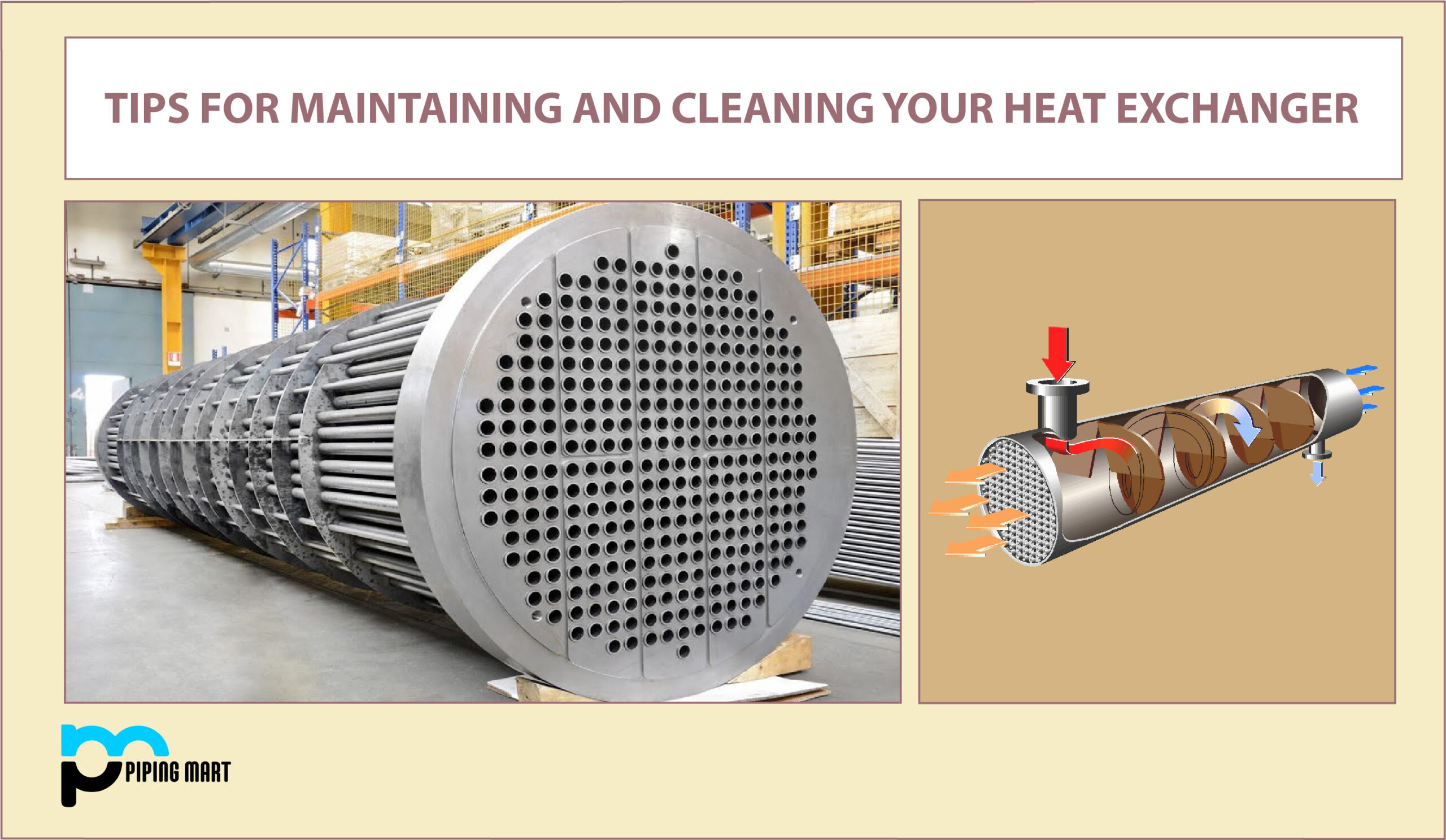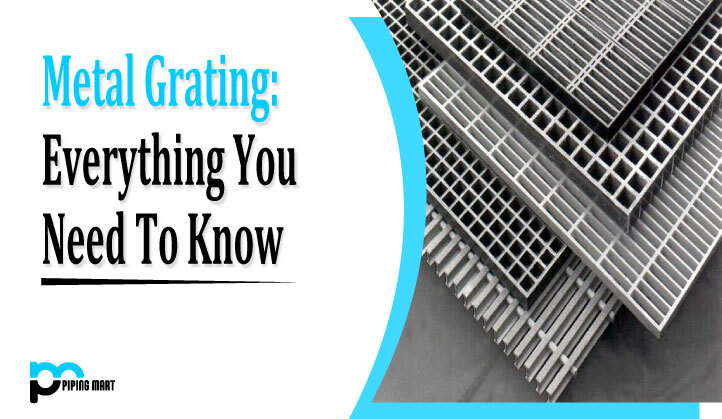Welding is essential in manufacturing, where metal structures are developed for various applications. Two standard welding techniques widely used are socket weld and fillet weld. Socket and fillet weld may seem similar, but they are used for different purposes. This blog will discuss the pros and cons of socket and fillet welding to help you choose the best welding technique for your project.
What is Socket Weld?
A socket weld is used to join pipes and fittings together. This method involves inserting the tube into a socket-like shape in the fitting. Welding is performed on the pipe’s outside to the fitting’s surface. The socket weld provides a smooth fluid flow as the socket creates a recess that allows a seamless fit. Socket weld is preferred in constructing high-pressure pipelines because they have high durability.
Advantages of Socket Weld
- Socket weld creates a strong and tight weld that is leak-proof.
- Socket weld is best for high-pressure applications and can withstand intense pressure.
- Socket weld creates a smooth and streamlined look of the finished product.
Disadvantages of Socket Weld
- Socket weld can only connect pipes and fittings of the same diameter.
- Socket welding is challenging to perform, and a skilled welder is required.
- Socket welding demands extensive preparation, and a well-prepared joint is required before welding.
What is Fillet Weld?
Fillet weld is commonly used in structural welding applications. They are used to join two pieces of metal at an angle. Fillet welds are applied on the edge of metal pieces to help fill the gap between them. The fillet weld size is often specified on drawings, depending on the load the weld will bear.
Advantages of Fillet Weld
- Fillet welding is easy to perform and does not require much preparation.
- Fillet weld is adaptable to any material thickness.
- Fillet weld provides a robust and reliable connection between the metal pieces.
Disadvantages of Fillet Weld
- Fillet weld cannot resist pressure and is not suitable for high-pressure applications.
- Fillet welding creates an uneven surface on the finished product, which may cause a problem for the application.
- Fillet welds require a larger size when used in critical areas.
Difference Between Socket Weld and Fillet Weld
- Socket welds are more robust than fillet welds.
- Socket welds are less likely to leak.
- Socket welds can be made without a backing ring.
- Socket welds are easier to inspect.
- Socket welds can be made in difficult-to-reach places.
Conclusion
After reading this blog, it is clear that socket and fillet welding have pros and cons. Both welding techniques are suited to different applications, and choosing the right one for your project is essential. If you create a pipeline or other high-pressure systems, socket weld is the best choice. On the other hand, if you require structural welding, a fillet weld is the better option. Whatever your project needs, always work with a skilled welder who understands each method’s advantages and disadvantages.
Sakshee is a talented blogger, with a particular focus on the Business and Metal Industry. She is passionate about sharing her insights on various metal products and helping professionals to make a better decisions.




